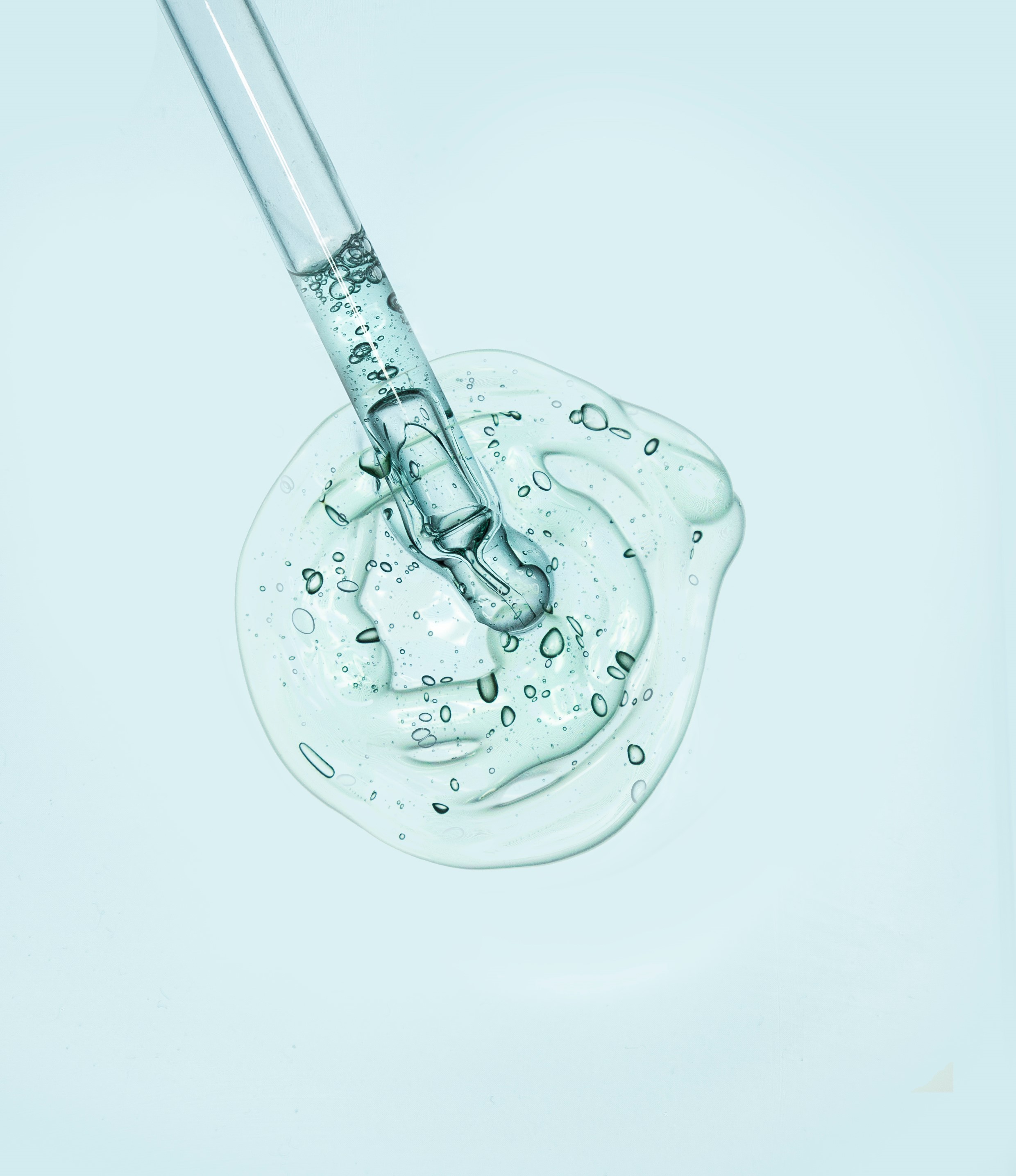Preservative Efficacy Test for Cosmetic Products
This test assesses the ability of the preservative system in cosmetic products to effectively inhibit microbial growth. By conducting this test, it helps to ensure that the appropriate preservative(s) are utilized in the formulation for protection against microbial organisms.
Cosmetic products provide a favorable environment for microorganism growth due to their 'nutrient-rich' composition. Controlling microbial growth in cosmetic products becomes crucial for product safety.
In cosmetic industry, preservatives are commonly added to cosmetics to prevent the growth of harmful microorganisms like bacteria, yeast, and molds, as well as to maintain an appropriate shelf life of cosmetic products.
What is preservative efficacy test?
Preservative Efficacy Test (PET) ensures that preservatives effectively inhibit microbial growth and maintain product safety over a period. It is often a requirement from regulatory agencies to demonstrate a product's microbiological quality and compliance with regulatory standards.
Different terms may be used to describe the same testing, for example:
- Preservative efficacy test, PET
- Challenge test
- Antimicrobial effectiveness test
What is the passing requirement for different test standards?
EP Ch. 5.1.3
Criteria A expresses the recommended efficacy to be achieved. In justified cases where Criteria A cannot be attained, for example, for reasons of an increased risk of adverse reaction, then Criteria B must be satisfied.
Criteria A
|
Parameters |
Day 2 |
Day 7 |
Day 14 |
Day 28 |
|
Bacteria |
Log reduction: 2 |
Log reduction: 3 |
– |
No increase |
|
Fungi |
– |
– |
Log reduction: 2 |
No increase |
Remarks:
- Bacteria includes Escherichia Coli, Pseudomonas Aeruginosa, Staphylococcus aureus
- Fungi includes Candida albicans, Aspergillus brasiliensis
Criteria B
|
Parameters |
Day 2 |
Day 7 |
Day 14 |
Day 28 |
|
Bacteria |
– |
– |
Log reduction: 3 |
No increase |
|
Fungi |
– |
– |
Log reduction: 1 |
No increase |
Remarks:
- Bacteria includes Escherichia Coli, Pseudomonas Aeruginosa, Staphylococcus aureus
- Fungi includes Candida albicans, Aspergillus brasiliensis
USP <51>
|
Parameters |
Day 14 |
Day 28 |
|
Bacteria |
Log reduction: >2 |
No increase |
|
Fungi |
No increase |
No increase |
Remarks:
- Bacteria includes Escherichia Coli, Pseudomonas Aeruginosa, Staphylococcus aureus
- Fungi includes Candida albicans, Aspergillus brasiliensis
ISO 11930
The formulation is deemed to meet Criteria B, only when the microbiological risk analysis demonstrates the existence of control factors not related to the formulation; for example, a protective package such as a pump provides a higher level of protection than a jar.
This would be considered a protective device for risk reduction. For more details on package characteristics, please refer to ISO 11930:2019 – Annex D.
Criteria A
|
Parameters |
Day 7 |
Day 14 |
Day 28 |
|
C. albicans |
≥ 1 |
≥ 1 and No Increase* |
≥ 1 and No Increase* |
|
A. brasiliensis |
– |
≥ 0** |
≥ 1 |
|
Bacteria |
≥ 3 |
≥ 3 and No* Increase |
≥ 3 and No* Increase |
Criteria B
|
Parameters |
Day 7 |
Day 14 |
Day 28 |
|
C. albicans |
– |
≥ 1 |
≥ 1 and No Increase* |
|
A. brasiliensis |
– |
≥ 0 |
≥ 0 and No Increase* |
|
Bacteria |
– |
≥ 3 |
≥ 3 and No Increase* |
Remarks:
- Bacteria includes Escherichia Coli, Pseudomonas Aeruginosa, Staphylococcus aureus
- * No increase in the count from the previous contact time
- ** No increase from the initial count
ASEAN ACM MAL 08
Criterion A, whereby the formulation is protected against microbial proliferation that may present a potential risk for the user and no additional factors are considered.
Criterion B, whereby the level of protection is acceptable if the risk analysis demonstrates the existence of control factors not related to the formulation indicating that the microbiological risk is tolerable for the cosmetic product.
Criteria A
|
Parameters |
Day 7 |
Day 14 |
Day 28 |
|
Bacteria |
Log reduction: ≥3 |
Log reduction: ≥3 and NI |
Log reduction: ≥3 and NI |
|
Candida albicans |
Log reduction: ≥1 |
Log reduction: ≥1 and NI |
Log reduction: ≥1 and NI |
|
Aspergillus niger |
- |
Log reduction: ≥0* |
Log reduction: ≥1 |
Remarks:
- Bacteria includes Enterobacter aerogenes, Pseudomonas aeruginosa, Staphylococcus aureus
- NI = no increase in the count from the previous contact time
- *Rx = 0 when IgN0 – lgNx (no increase from the initial count)
Criteria B
|
Parameters |
Day 7 |
Day 14 |
Day 28 |
|
Bacteria |
Not performed |
Log reduction: ≥3 |
Log reduction: ≥3 and NI |
|
Candida albicans |
Not performed |
Log reduction: ≥1 |
Log reduction: ≥1 and NI |
|
Aspergillus niger |
- |
Log reduction: ≥0* |
Log reduction: ≥0 and NI |
Remarks:
- Bacteria includes Enterobacter aerogenes, Pseudomonas aeruginosa, Staphylococcus aureus
- NI = no increase in the count from the previous contact time
- *Rx = 0 when IgN0 – lgNx (no increase from the initial count)
How long will the test take?
It will take around 33-35 working days to complete.
How much sample should be submitted for the test?
Hard solid, powder, oily products: Please submit a minimum of 400g or 400ml per product for one test.
Liquid, semi-liquid products: Please submit a minimum of 150g or 150ml per product for one test.









